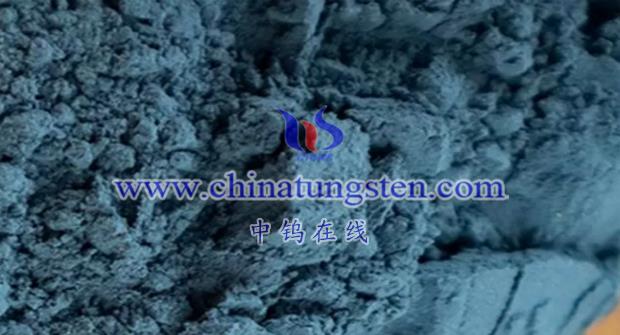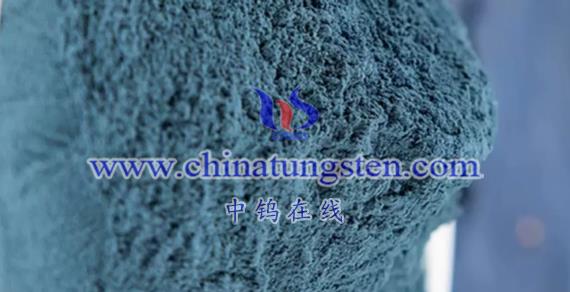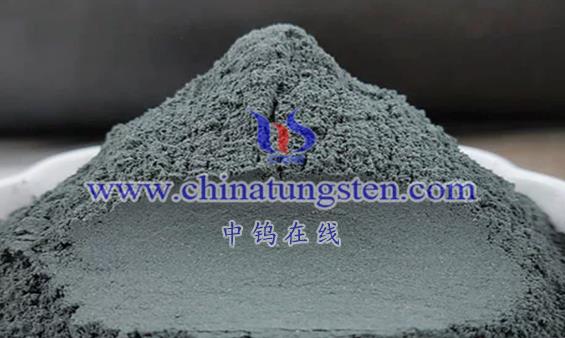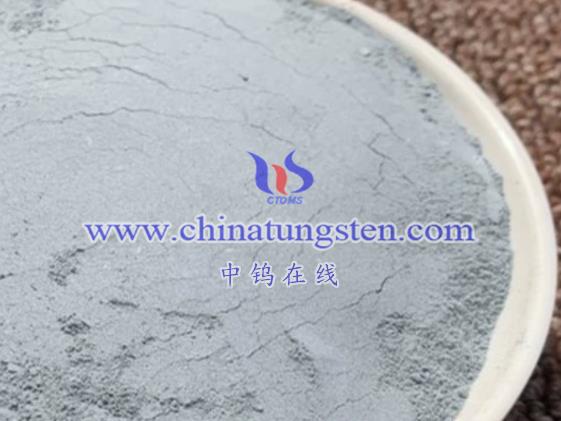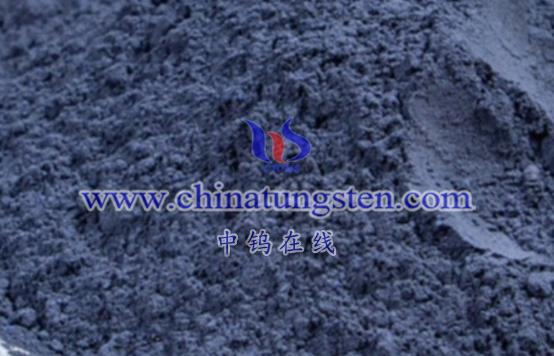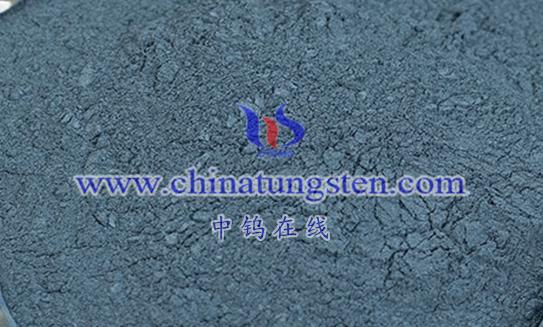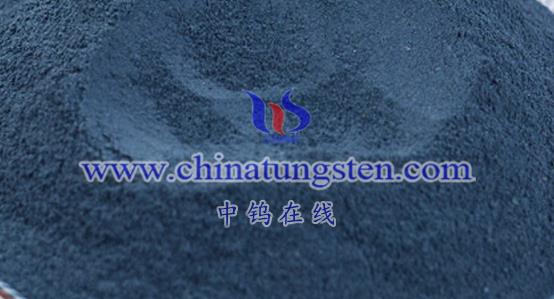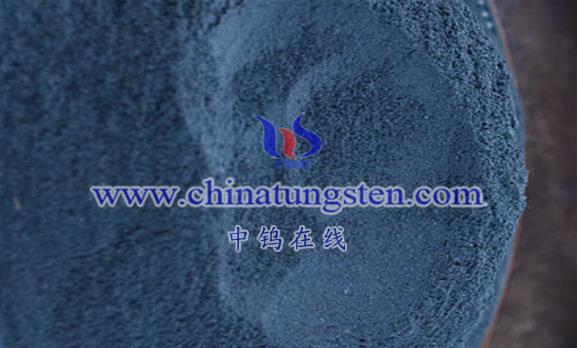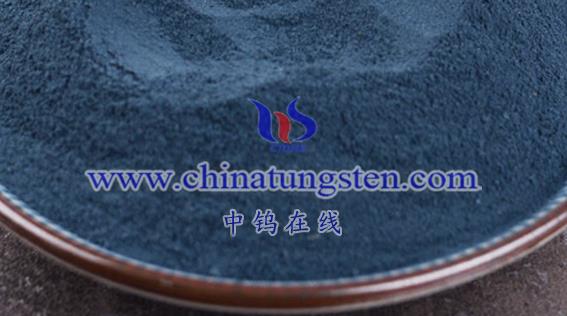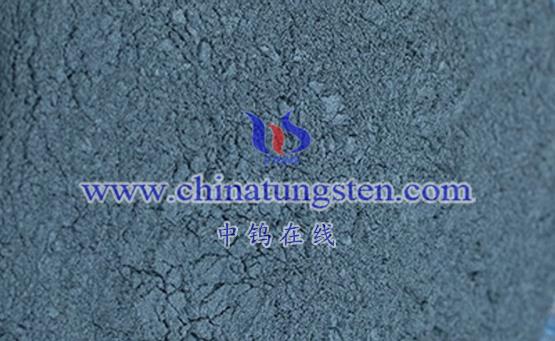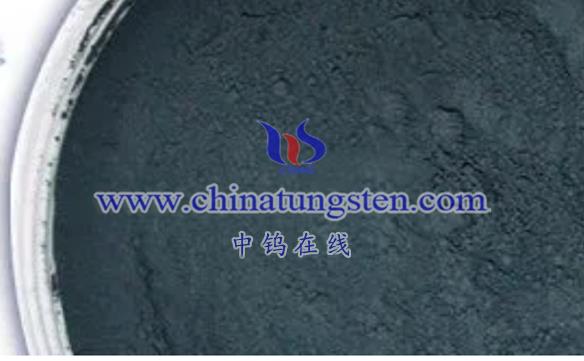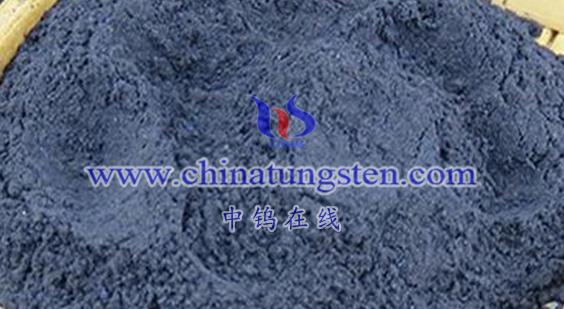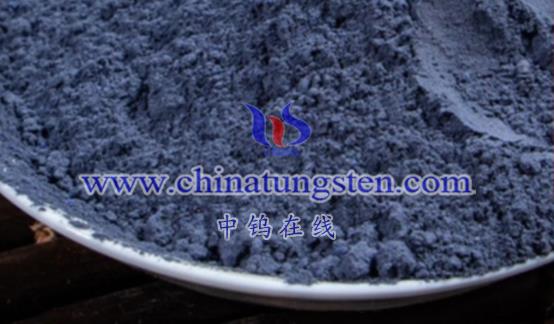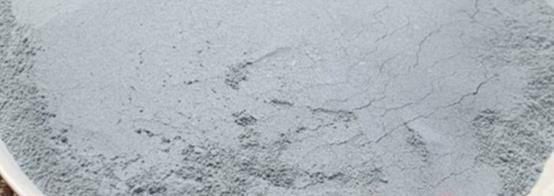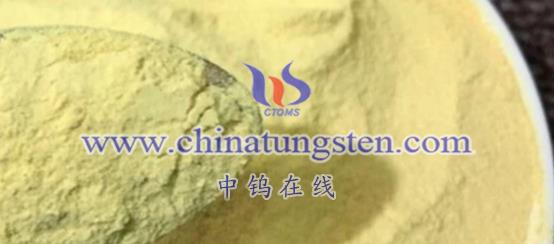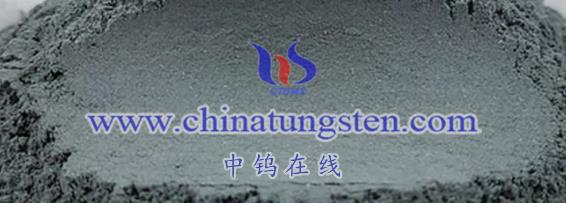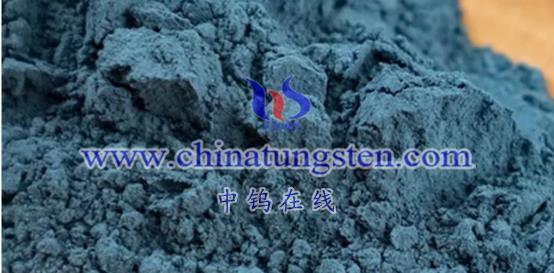
The physical properties of tungsten bronze can vary significantly depending on the types of elements M and the value of x. For example, when M is the metal Na, the color of NaxWO3 can change from golden yellow to light bluish-gray as the value of x decreases. Specifically, NaWO3 is golden yellow, Na0.67WO3 is reddish, Na0.5WO3 is purplish-red, and Na0.2WO3 is blue.
- Appearance of Tungsten Bronze Tungsten bronze generally exists in powder form. In practice, it can also be prepared as a dispersion in different solvents according to specific needs.
- Color of Tungsten Bronze The color of tungsten bronze varies greatly depending on its composition. For example, the color of sodium tungsten bronze (NaₓWO₃) changes from golden yellow to light bluish-gray with variations in the value of x. Specifically, NaWO3 is golden yellow, Na0.6WO3 is orange-red, Na0.45WO3 is reddish-purple, and Na0.3WO3 is dark blue-purple.
- Crystal Structure of Tungsten Bronze Tungsten bronze typically has a cubic or tetragonal crystal structure. Both crystal systems have unique arrangements and spatial tunnels that facilitate the transfer of electrons and ions. Tungsten bronze can also have an orthorhombic crystal structure, which can be viewed as a tetragonal structure further distorted along the diagonal.
- Density of Tungsten Bronze The density and hardness of tungsten bronze can vary depending on its metallic element content and crystal structure. Generally, tungsten bronze has varying densities based on elemental composition. In practice, it is divided into tapped density and bulk density.
- Brittleness of Tungsten Bronze The brittleness of tungsten bronze is also a noteworthy characteristic, especially under high temperature or extreme conditions. Its brittleness may affect its performance in certain applications.
- Conductivity of Tungsten Bronze The conductivity of tungsten bronze is influenced by its composition and structure. Some tungsten bronzes exhibit metallic conductivity, while others show semiconductor properties. For example, when the Na:WO3 ratio is greater than 0.3, tungsten bronze has a positive temperature coefficient of resistance, displaying semi-metallic properties. When the ratio is less than 0.3, the temperature coefficient is negative, exhibiting semiconductor properties.
- Magnetic Properties of Tungsten Bronze Although tungsten bronze itself is not magnetic, its special electronic structure and crystal arrangement may affect its magnetic properties. This requires further analysis based on specific experimental data.
- Thermal Properties of Tungsten Bronze Tungsten bronze has good thermal stability and thermal conductivity, enabling it to maintain stable performance in high-temperature environments. This makes it highly applicable in situations where high temperature resistance and thermal shock resistance are required.
- Thermal Sensitivity of Tungsten Bronze Tungsten bronze has thermal sensitivity, meaning its resistivity changes with temperature. Some tungsten bronze types, used as high-temperature thermistors, exhibit a noticeable negative temperature coefficient (NTC) characteristic within a specific temperature range, making them suitable for use in high-temperature thermistors.
More details of tungsten oxide product, please visit website: tungsten-oxide.com
Please contact CHINATUNGSTEN for inquiry and order of tungsten oxide:
Email: sales@chinatungsten.com
Tel.: 86 592 5129595
